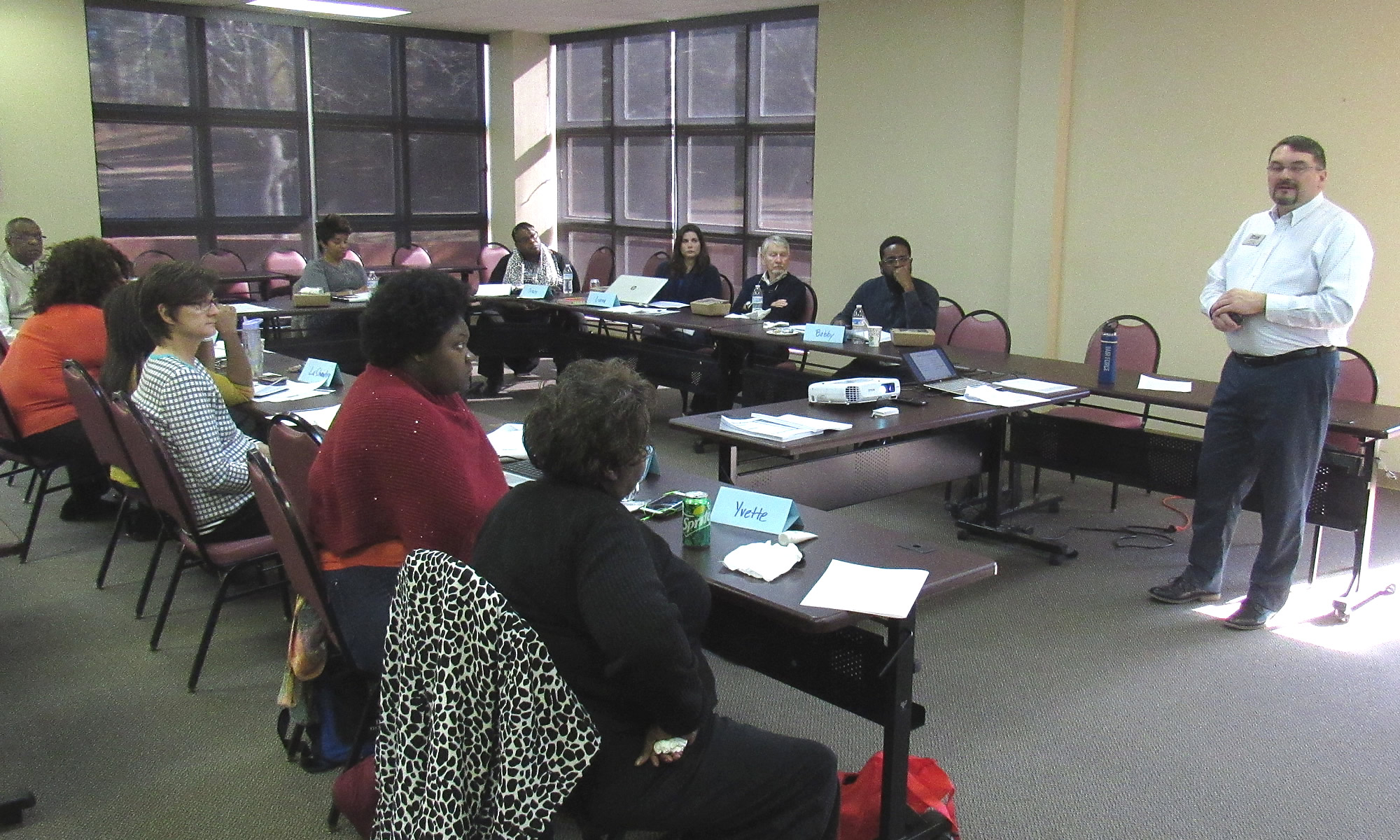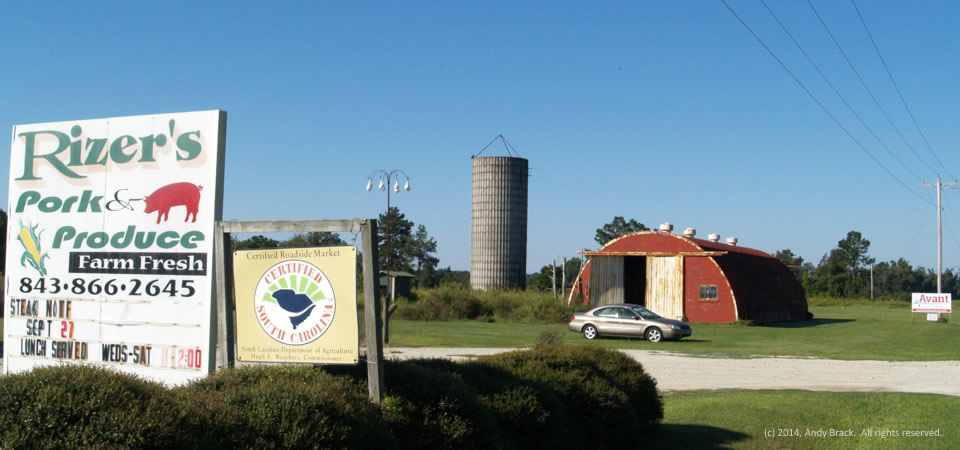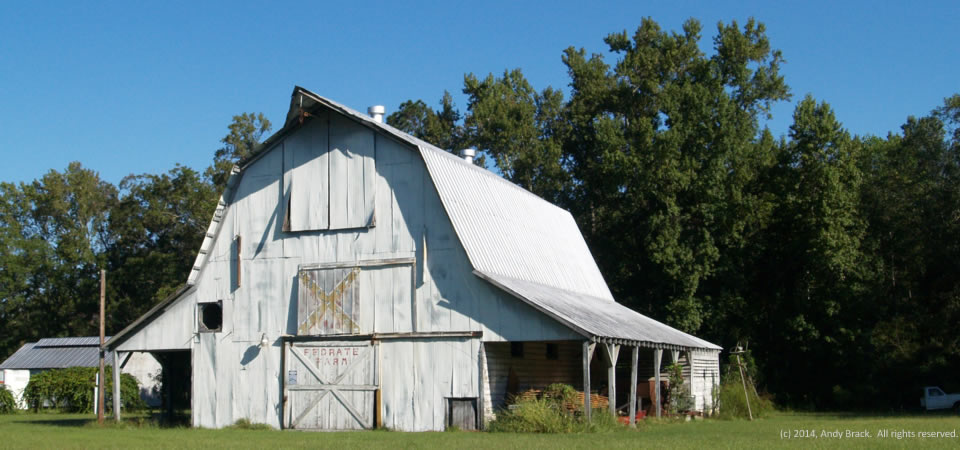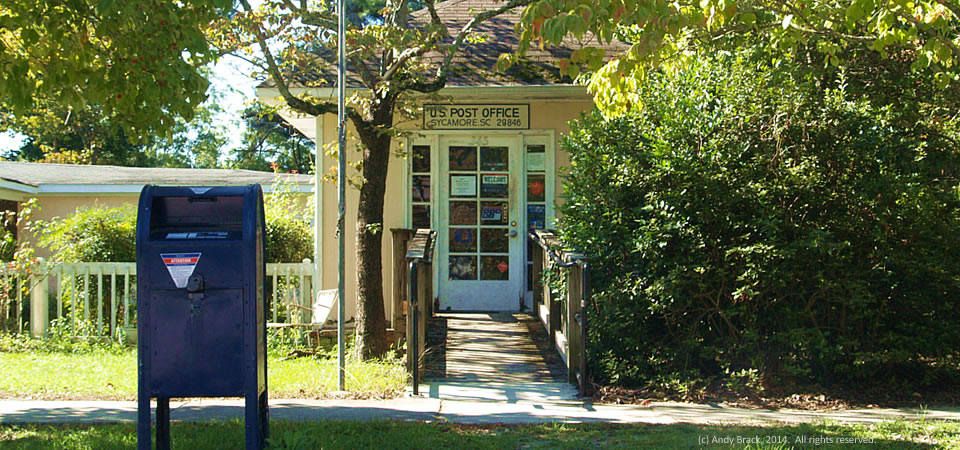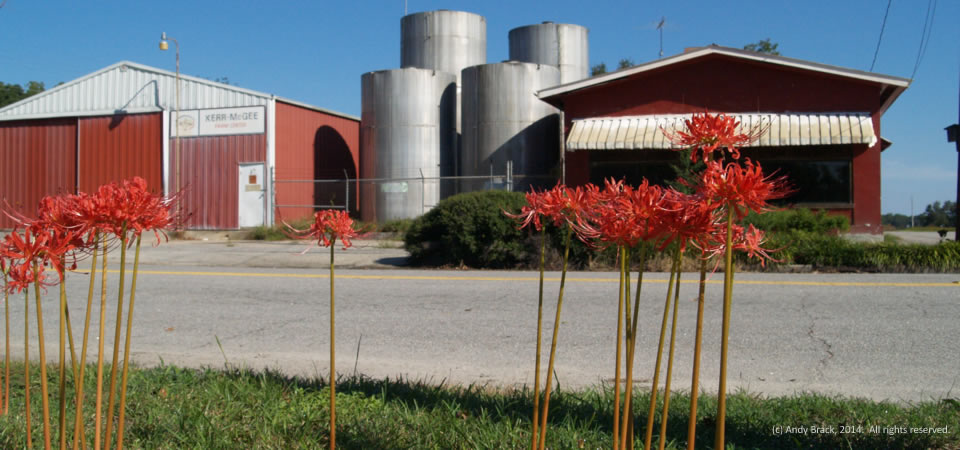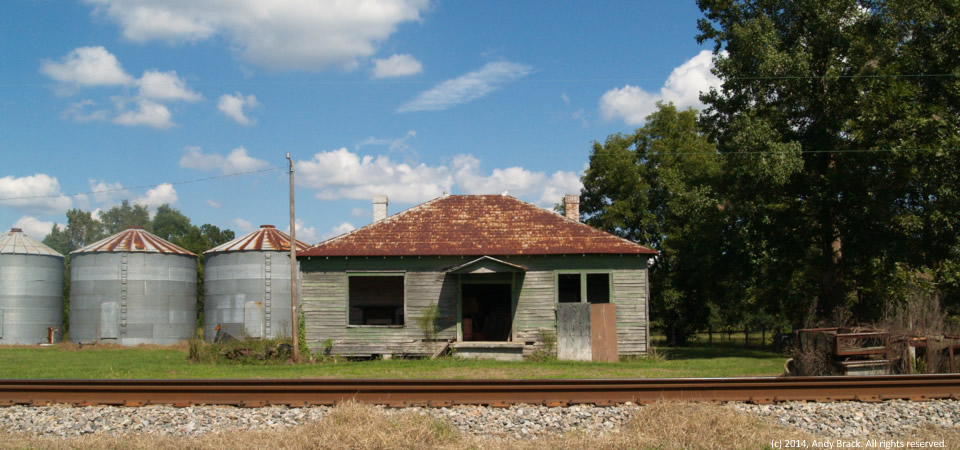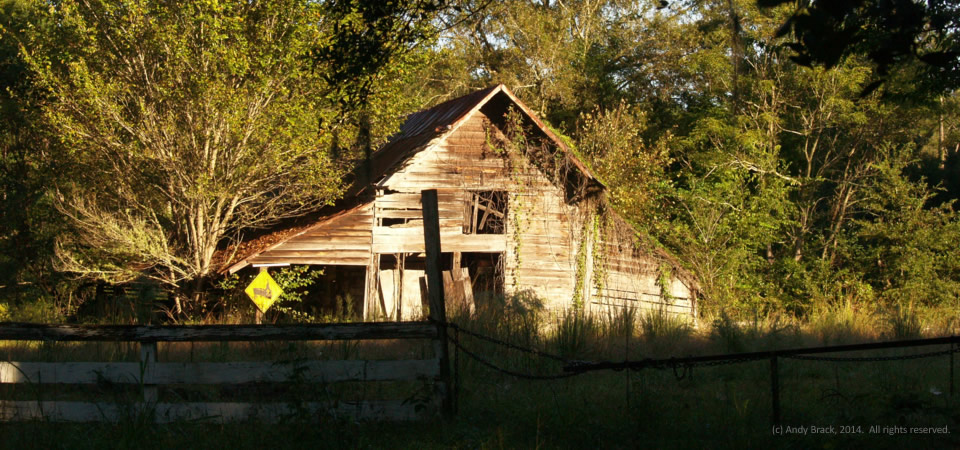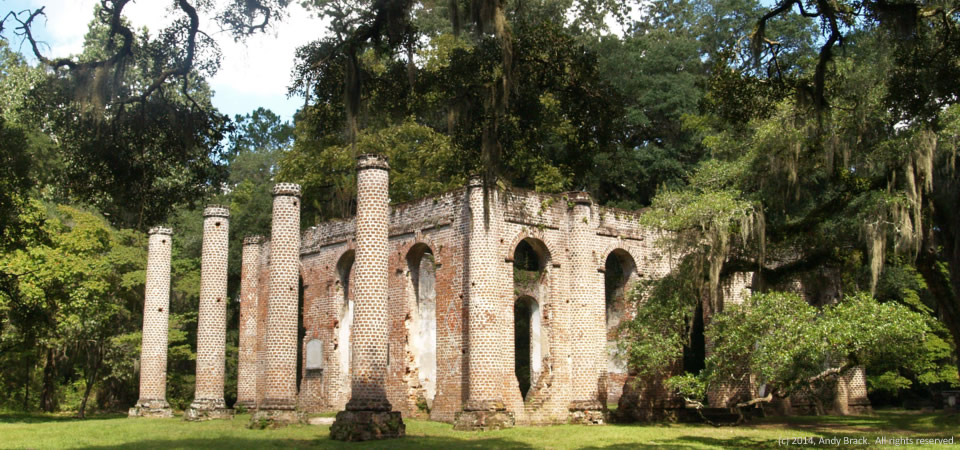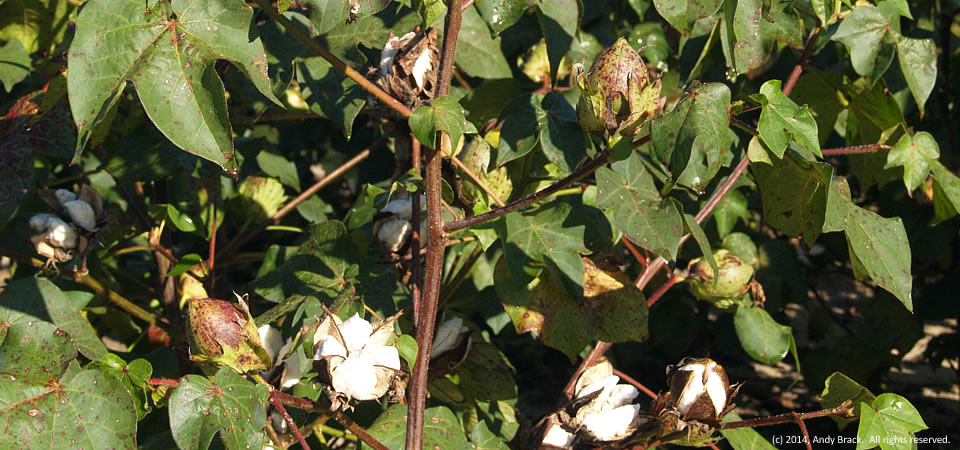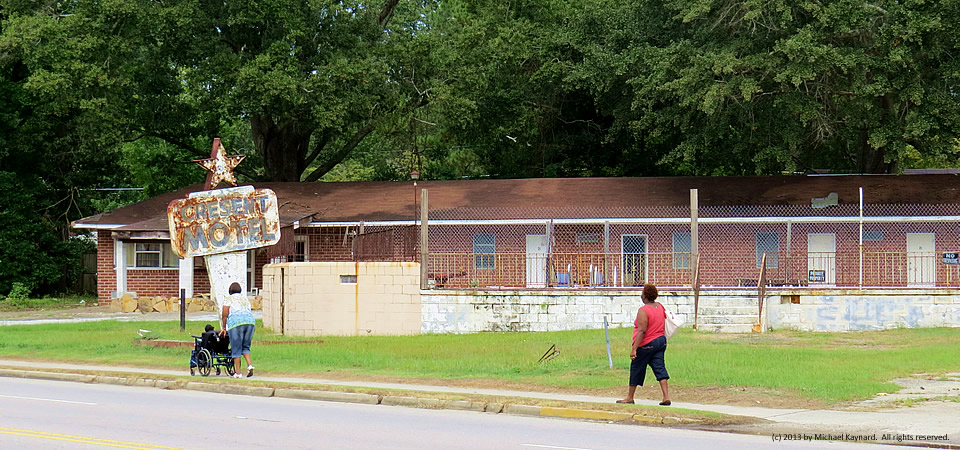The only grocery store in Fairfax, S.C., an IGA known as “Gatlin’s,” reportedly closed about a year ago. That followed an earlier closure of a Galaxy food mart profiled here in June 2013.
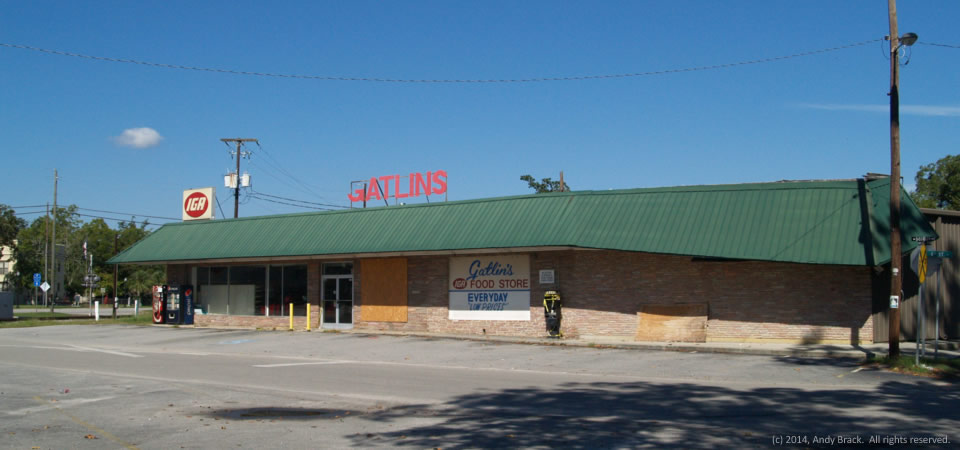
Today, the only grocery store that serves rural Allendale County is another IGA in Allendale, which means people from Fairfax have to drive to Allendale or Hampton just to buy groceries. [We’re told by Allendale-area residents that the Fairfax store may open again soon.]
“Food deserts” are often found in poor urban and rural communities because it’s hard to find grocery stores with lots of healthy options. People who live in food deserts may only have one store that stock more packaged and canned food than they do fresh foods. In turn, having fewer options tends to support unhealthy eating habits that lead to higher incidents of diabetes, heart disease, stroke, obesity and more.
- Map: “How to find a food desert near you,” NPR
With just over 40 percent of Allendale County’s 10,000 people living at or below the poverty level, the median household income is about $23,000 a year — half of South Carolina’s average and well below the nation’s $50,000 average.
- More about Allendale County from QuickFacts from the U.S. Census.
Photo by Andy Brack, Center for a Better South, Oct. 1, 2014. All rights reserved.
